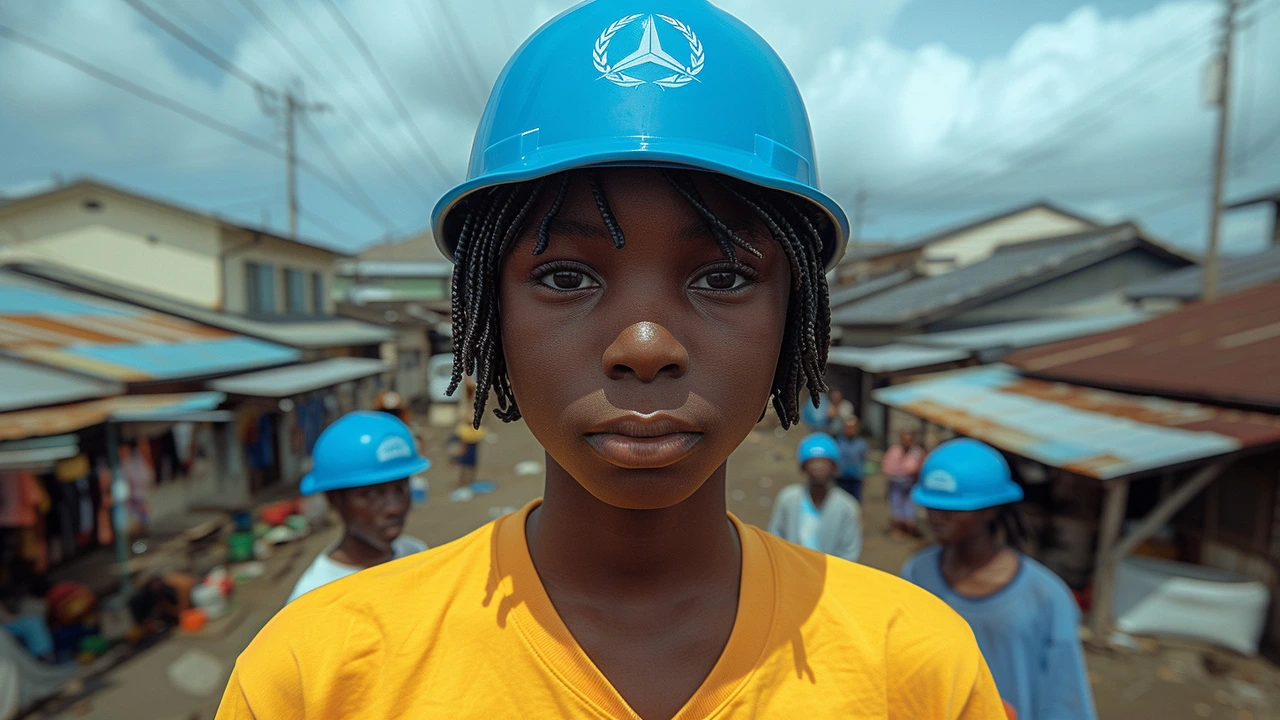Every day peacekeepers step into danger to protect civilians and keep aid flowing. Their work is often a literal lifesaving effort—stopping violence, escorting ambulances, and securing routes for food and medicine. This page collects stories, strategies, and practical tips about those actions.
First, peacekeepers protect civilians during active clashes by creating safe zones and enforcing ceasefires where possible. That can mean setting up checkpoints, patrolling neighborhoods, or standing between armed groups and towns. Second, they keep vital aid moving. Convoys need security, and peacekeepers often escort them or clear routes to prevent ambushes and looting.
Local people point out danger spots and share information about shifting frontlines. Humanitarian groups coordinate with peacekeepers so aid reaches clinics, schools, and shelters. Training local staff in basic first aid and evacuation plans multiplies the lifesaving effect.
Technology helps too. Simple tools like radios and GPS make patrols safer, and drones can survey roads before convoys move. Telemedicine links medics on the front lines with specialists elsewhere.
Rules and training matter. Clear mandates give peacekeepers authority to act quickly, while de-escalation and cultural training reduce misunderstandings. Field medics learn to triage under pressure and engineers learn to fix bridges fast.
Measuring impact keeps efforts focused. Simple metrics like number of escorts, safe passages opened, or lives reached by aid show what works. Soldier and civilian feedback uncovers gaps fast.
You might wonder how ordinary people can help. Support trusted NGOs, learn first aid, and follow reliable news to avoid spreading rumors that make situations worse. If you work in government or aid, prioritize quick permits for convoys and clear lines of communication with peace teams.
Stories matter. Sharing concrete examples of lifesaving efforts helps donors, policymakers, and local leaders repeat what worked. On this tag page you will find articles that explain tactics, highlight missions, and offer practical checklists for responders.
Want to act? Start by reading field reports here, then contact groups listed in each post to volunteer or donate equipment. Even small donations like medical kits and satellite time save lives.
Lifesaving effort is practical, repeatable, and often low cost. Use clear plans, local knowledge, and basic tools to make a real difference tomorrow. Browse our posts on lifesaving efforts to learn specific actions used in recent missions, like convoy security, water purification, and child protection.
You'll find checklists for medics, quick guides for convoy planning, and interviews with people who led rescue operations. If a story moves you, share it with your network and ask policymakers to fund proven lifesaving measures. We update this tag regularly, so check back for new field tips and real examples.
Want recommendations? Email the team or use the contact form to request short guides tailored to your role, whether you are a medic, convoy driver, or community leader. Together we can sharpen lifesaving skills and keep more people safe where it matters most. Start and spread the word.

Hi there, my latest article gives a deep dive into the lifesaving role of peacekeeping amidst war. I've explored the challenging yet crucial task of maintaining peace in war-torn regions and why it matters on a global scale. You'll get insights into the real-life heroes who risk their lives to restore peace and the massive impact they've had over the years. Join me as I honor these unsung heroes who bring light to the darkest corners of the world.
